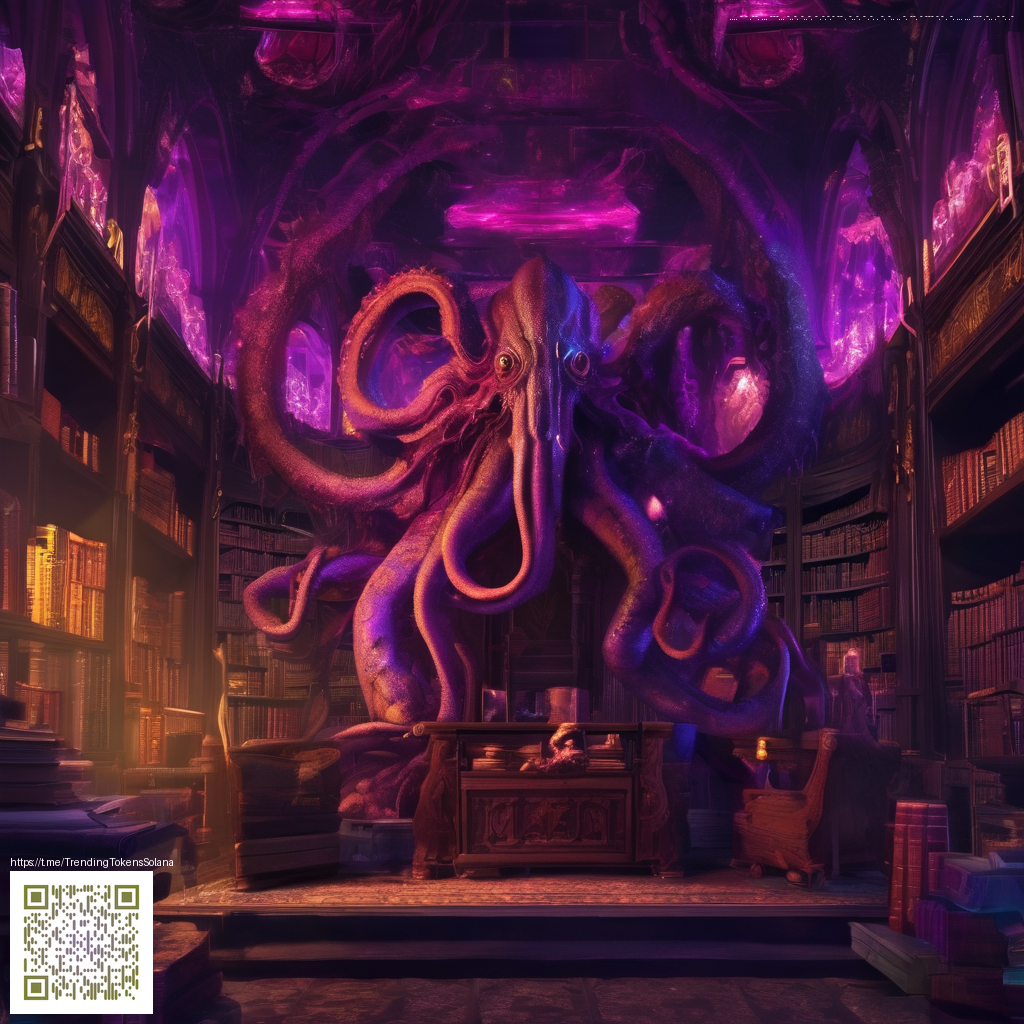
Jump scares have long since evolved from simple loud noises to masterclasses in timing, atmosphere, and player psychology. In the world of gaming, a well-crafted scare can transform a quiet hallway into a nerve-wracking gauntlet and turn a routine playthrough into a memory you’ll revisit for years. This piece traces the arc of iconic moments, explaining how developers build and release tension—and why some scares linger long after the screen goes dark.
What makes a jump scare land?
At their core, jump scares rely on expectancy. Players anticipate danger during a tense beat, only to be surprised by a sudden disruption—something that interrupts the player's mental map of the scene. Sound design, pacing, and environment work in concert to create a rare alignment where fear feels earned rather than forced. As one designer noted in a candid interview, a scare isn’t just about a loud noise; it’s about convincing the brain to suspend disbelief for a heartbeat longer than expected.
“Fear lands when anticipation has been stretched just enough that the next moment feels inevitable, not random.”
Timing, sound, and misdirection
Smart jump scares use a blend of silence and sound to keep players off balance. A sudden creak after a long pause can feel more alarming than a blaring cue, because the brain has learned to expect quiet in the wrong places. Lighting, camera angles, and environmental cues guide attention, while the player’s own heartbeat becomes part of the soundtrack. In recent years, developers have leaned into interactive misdirection—where objects or NPCs seem to invite a response, only to pivot and surprise in a more meaningful way.
Iconic moments that defined a generation
- Resident Evil (the original mansion reveal where a lurking threat explodes into view) set a benchmark for tension that mixed claustrophobic spaces with sudden action.
- Silent Hill’s nightmarish corridors and sudden, unsettling visuals that played with perception and sound to unnerve players long before we saw a monster up close.
- Five Nights at Freddy’s pioneered a relentless cycle of monitoring and waiting, turning mundane survival monitoring into an adrenaline conduit.
- Amnesia: The Dark Descent used darkness as a weapon—lanterns flicker, unseen footsteps approach, and the fear grows from what you know you can’t see.
- Dark, atmospheric indies and VR experiences continue to push the envelope, blending tactile feedback and environmental storytelling to evoke fear in new ways.
These moments aren’t just about shock value; they’re about how a game earns the player's trust and then tests it. The best scares feel like consequences of the player’s choices within a living world, not as isolated tricks inserted for a jump. That sense of agency—paired with well-timed audio cues and environmental storytelling—creates a resonance that sticks long after the screen fades to black.
For players who like to immerse themselves in high-stakes sessions, a reliable setup can help maintain precision during chaotic sequences. If you’re looking to upgrade your desk for late-night sessions, consider a dependable accessory like the Gaming Mouse Pad Custom 9x7 Neoprene with Stitched Edge—a product that combines grip and smooth gliding to keep your aim steady even when the adrenaline spikes. It’s a small upgrade that pays dividends when timing is everything, especially during multi-phase scares or fast-paced chases that demand quick, accurate inputs.
Looking ahead, the frontiers of jump scares are expanding with high-fidelity audio, dynamic lighting, and haptic feedback. The next wave blends physical sensation with on-screen terror, making fear feel even more tangible and personal. Developers are experimenting with adaptive soundscapes that react to the player's pace, creating moments where fear grows not from a single jump, but from a cumulative sense of impending danger.
For readers who want to explore further, a broader look at this topic can be found here: https://y-landing.zero-static.xyz/fa30b18a.html.